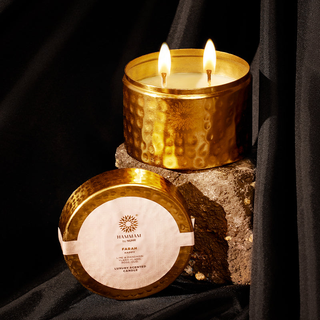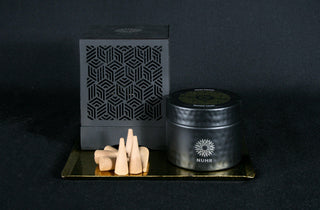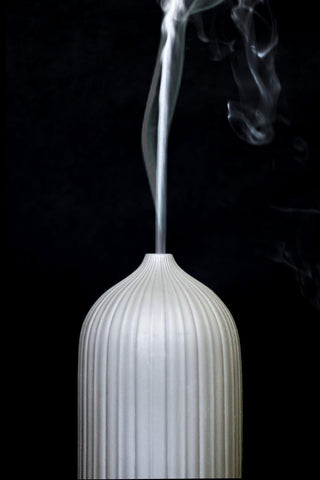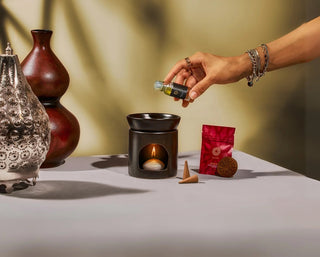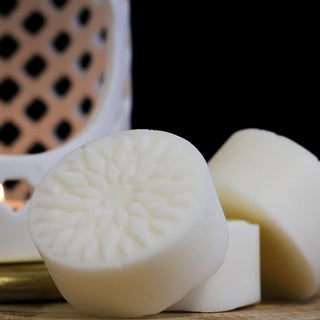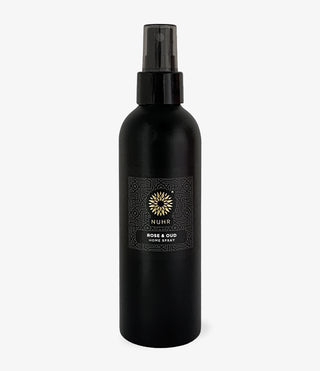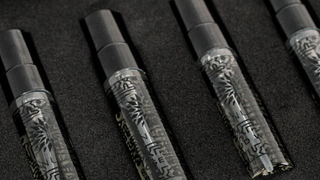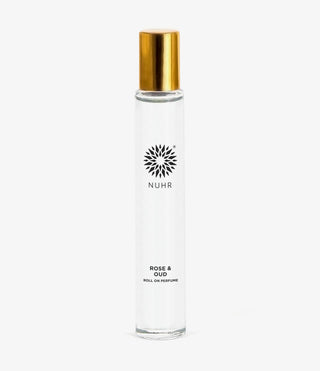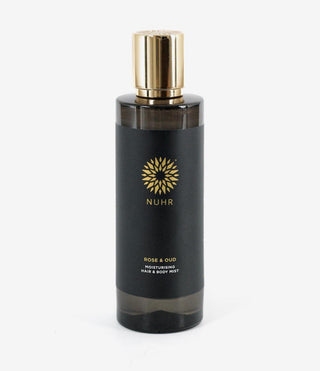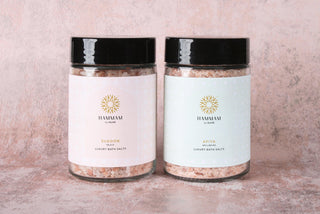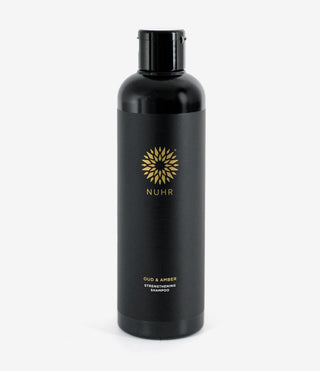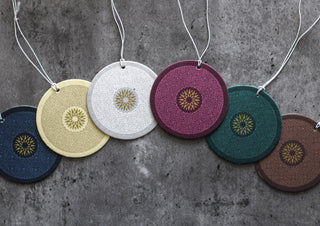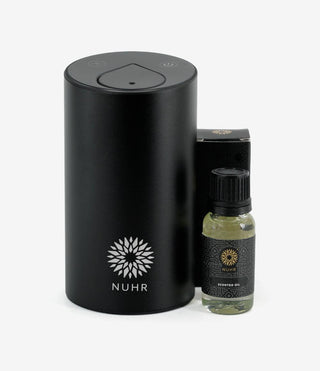When it comes to luxury fragrances, few ingredients carry the mystique of oud. Derived from the resinous heartwood of agarwood trees, oud has been prized for centuries across the Middle East and Asia and has now found a passionate following in Western perfumery. Yet within this world lies a subtle distinction that many enthusiasts overlook: carved oud vs oud wood.
Both forms share the same origins, but the way they’re prepared dramatically affects their scent, performance, and appeal. Whether you’re new to oud or a seasoned collector, understanding these differences will help you choose the fragrance experience that best suits your lifestyle.
What Is Oud?
Oud (or agarwood) forms when Aquilaria trees are infected with a natural mould. In defence, the tree produces a dark, resinous heartwood rich with fragrance compounds. High-quality oud can fetch tens of thousands of pounds per kilogram, placing it among the most expensive raw ingredients in the world.
Its aroma is famously complex: woody, smoky, leathery, balsamic, sometimes sweet, sometimes animalic. This depth gives oud perfumers extraordinary flexibility, but also means not all oud is the same. The preparation, whether carved or left as raw wood, creates two very different fragrance experiences.
What Is Carved Oud?
Carved oud refers to agarwood that has been meticulously processed and refined. Artisans carve and season the wood, exposing hidden resin layers and unlocking subtler aromatic compounds.
Scent Profile
Carved oud is smoother and more refined than raw oud wood. Expect balsamic undertones, honeyed sweetness, creamy sandalwood-like notes, and even soft florals layered over its woody base. It avoids some of the harsher, medicinal, or barnyard facets of raw oud, making it approachable yet still exotic.
Who It Suits
Carved oud is ideal for fragrance lovers transitioning from Western perfumery into oriental styles. Its sophistication works well in luxury fragrance gift sets, daily wear, professional settings, and upscale social occasions. It appeals to connoisseurs who appreciate nuance, intimacy, and longevity without overwhelming projection.
What Is Oud Wood?
Oud wood, in its raw form, is the direct, less refined resinous heartwood of agarwood trees. This is the oud most associated with incense cones, ceremonial use, and the boldest fragrance statements. If you’re new to burning incense, our step by step guide to burning oud cones walks you through how to enjoy them at home.
Scent Profile
Oud wood is powerful, complex, and unmistakable. It blends smoky, leathery, and sometimes medicinal notes with earthy sweetness. Its character shifts by region. Cambodian oud often leans fruity and sweet, while Indian oud is darker and smokier.
Who It Suits
Oud wood appeals to traditionalists and bold fragrance wearers. It’s a statement-maker, best for evening wear, formal events, or moments where projection and presence are desired. Enthusiasts often embrace its raw edges as part of its authenticity.
Carved Oud vs Oud Wood: Key Differences
Though they come from the same source, carved oud and oud wood diverge in several important ways:
-
Purpose: Carved oud is refined for smoothness and versatility; oud wood is raw, powerful, and traditional.
-
Aesthetic: Carved oud offers subtle sophistication, while oud wood commands attention.
-
Longevity & Projection: Carved oud typically lasts 8–12 hours with intimate sillage. Oud wood often exceeds 10 hours with strong projection that can fill a room.
-
Blending Style: Carved oud pairs beautifully with florals, gourmands, and delicate spices. Oud wood complements amber, leather, and bold spices like cardamom or cinnamon.
-
Wearability: Carved oud is suited to daily or professional use. Oud wood excels at evenings, ceremonies, and special occasions.
The Rise of Oud in Luxury Fragrance
Oud’s ascent in the West began in the early 2000s, when houses like Tom Ford, Dior, and Armani introduced collections centred on its complex aroma. Once revered primarily in Middle Eastern perfumery and religious rituals, oud is now a cornerstone of niche and designer brands alike. Its smoky, woody depth bridges masculine, feminine, and unisex fragrances, making it one of the most versatile and desirable raw materials in perfumery.
When to Use Each
Knowing when to wear carved oud versus oud wood can help you match each fragrance to the right season, setting, and occasion for maximum impact.
When to Use Carved Oud
Autumn and winter, office settings, dinners, intimate gatherings. Subtle but long-lasting, it provides a cocoon of fragrance without overwhelming. For home ambience, oud candles are a beautiful way to enjoy carved oud’s warmth, creating an inviting atmosphere during autumn evenings or intimate gatherings. Pairing carved oud with ambient lighting or creating a cosy reading nook makes it even more inviting for everyday rituals.
When to Use Oud Wood
Cooler months, formal events, and cultural or celebratory occasions. It projects strongly and often sparks conversation, making it perfect for statement wear. Oud wood is particularly suited to evenings when a bold, lingering fragrance sets the tone for memorable gatherings, whether that’s a wedding, gala, or festive dinner. Its strong projection also makes it an excellent choice for cultural traditions that involve incense and ceremonial scenting.
Price and Value
Both carved oud and oud wood sit at the luxury end of the spectrum, but pricing varies.
-
Carved Oud: £200–£500 for 50ml, often from niche houses. The higher cost reflects artisanal processing and small-batch exclusivity. Exceptional longevity offers good value over time, especially in formats like oud reed diffusers, which deliver a consistent scent experience.
-
Oud Wood: £175–£250 for designer versions such as Tom Ford Oud Wood. More widely available, though truly pure oud wood remains costly due to sourcing challenges.
Ultimately, carved oud is the connoisseur’s choice for subtle refinement, while oud wood balances accessibility and tradition for bold fragrance lovers.
Pros and Cons
Each form of oud offers unique strengths and potential drawbacks, so weighing the pros and cons helps clarify which option best fits your fragrance preferences.
Carved Oud
Pros
-
Smooth, complex, and wearable
-
Excellent longevity with subtle projection
-
Pairs well with florals and gourmands
Cons
-
Premium pricing
-
Less impactful for those wanting bold projection
Oud Wood
Pros
-
Authentic, powerful, and traditional
-
Strong projection and presence
-
More accessible through designer houses
Cons
-
Can be overwhelming for beginners
-
Less versatile in daily or professional contexts
Which Should You Choose?
Your choice depends on your personality, style, and how you wear fragrances:
-
Choose Carved Oud: If you value sophistication, subtlety, and fragrances that unfold gently. Ideal for professionals, collectors, and those exploring oud for the first time.
-
Choose Oud Wood: If you enjoy bold statements, cultural authenticity, and fragrances that linger with undeniable presence. Best for enthusiasts, formal events, or evenings where projection matters.
Collectors often keep both: carved oud for everyday refinement and oud wood for memorable occasions.
Final Thoughts
Carved oud and oud wood represent two sides of the same precious ingredient. One is refined, smooth, and versatile; the other is raw, powerful, and steeped in tradition. Neither is “better,” they simply offer different olfactory journeys.
By considering your lifestyle, occasions, and personal fragrance style, you’ll discover which variation resonates most. Whether you embrace the subtle sophistication of carved oud or the commanding presence of oud wood, both embody the luxury and cultural heritage that make oud one of perfumery’s most treasured materials.
Frequently Asked Questions
What is the difference between carved oud and oud wood?
Carved oud is refined agarwood with a smoother, more approachable scent. Oud wood is raw, traditional heartwood that delivers a bolder, more authentic aroma.
How expensive are oud fragrances?
Carved oud is more premium (£200–£500 for 50ml), while oud wood is relatively more accessible (£175–£250 for 50ml). Prices depend on origin and quality.
Which type of oud lasts longer on skin?
Carved oud lasts 8–12 hours with consistent wear. Oud wood also has good longevity but relies more on strong initial projection.
Who typically prefers carved oud fragrances?
Carved oud attracts connoisseurs seeking refined, versatile scents. It’s especially popular with professionals and those moving from Western to oriental perfumery.
When should I wear oud wood versus carved oud?
Oud wood suits evenings, formal events, and special occasions. Carved oud works well for daily wear, offices, and intimate gatherings.
Are oud fragrances gender-specific?
No, both are gender-neutral. Their appeal lies in personal taste, not gender, making them suitable for anyone who enjoys complex fragrances.
How does oud's scent vary by origin?
Thai oud is sweet and honeyed, Indian oud is smoky and leathery, Cambodian oud is fruity, and Malaysian oud is earthy and resinous.
What makes oud so expensive?
Oud is rare, forming in only a small percentage of Aquilaria trees. Its extraction is labour-intensive, and high-quality resin takes years to develop.


